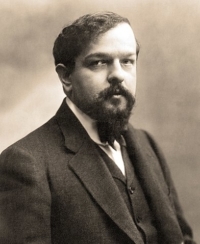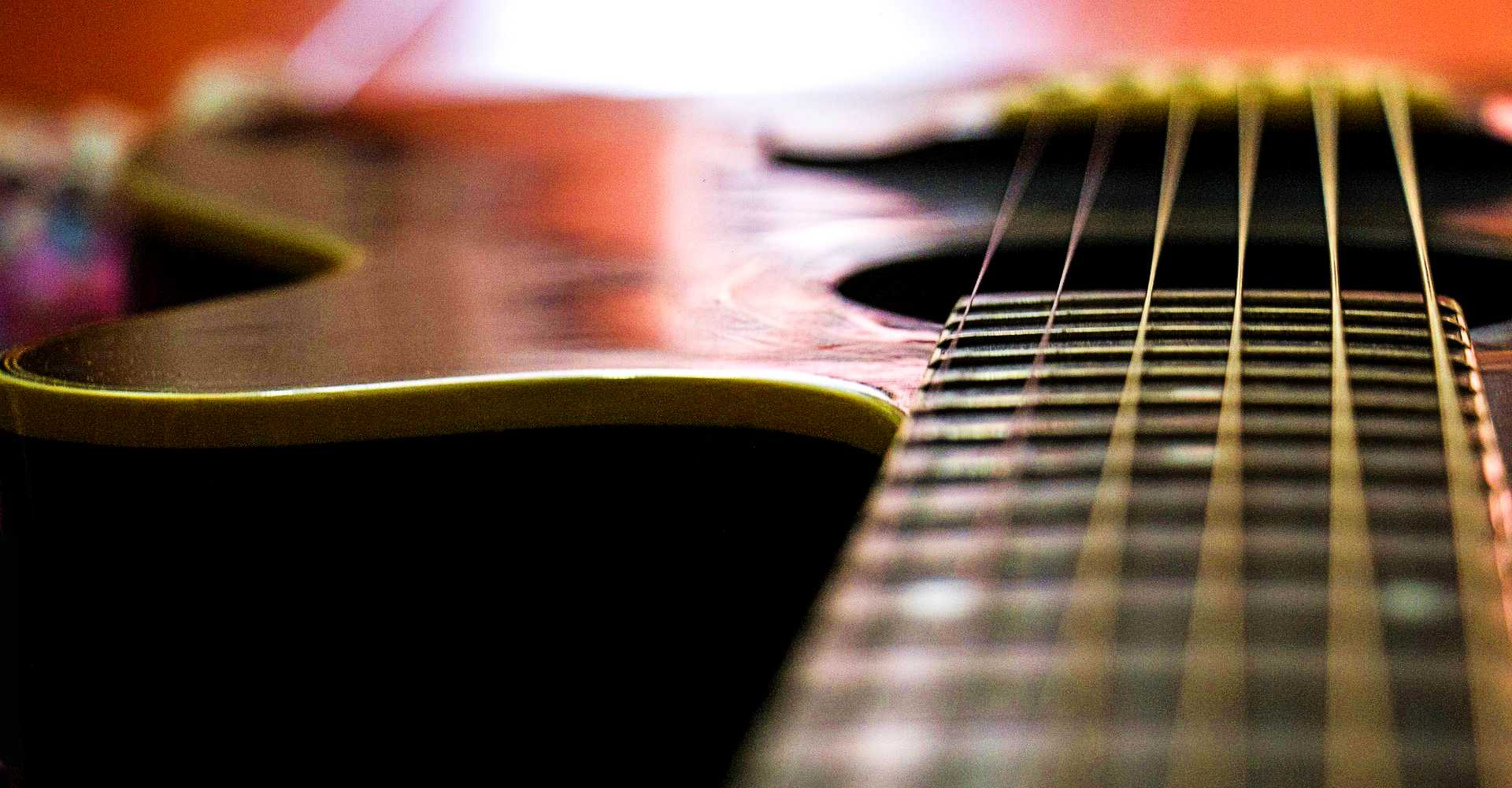It may be an oxymoron to call schizophrenia “wonderful,” but I’m not trying to be clever. I’m simply pointing out one of the extraordinary paradoxes of beauty: as a window into the transcendent world, beauty can’t be boxed in by human categories. In other words, there is not one type of beauty, even in this world. It’s a vast panorama of wonder and radiance which makes it possible for the same humble wooden instrument – a guitar – to be both a fire breathing dragon and a pure little lamb.
As I said, the schizophrenia – or dual personality – of the classical guitar is just wonderful because it can tap into or express a vast array of emotion and fill the listener with pleasure, inspiration, admiration, and wonder. We’ll see two perfect examples of the instrument’s split personality in the videos below. First, though, the artists.
Two Amazing Artists and Their Music
The “personality” factor of the instrument has everything to do with the personality of the artist playing it. The two incredibly accomplished guitarists featured here are expressing themselves through their complete mastery of their craft. Neither of them wrote the music they are playing; it is common to say that they “interpret” it, which means they put their own talent and personal dynamism into playing it. That’s what makes each performance of music utterly unique. No two artists play the same piece the same way.
Malagüeña
In the case of the Brazilian artist, Lucas Imbiriba, the piece he plays, Malagüeña, flows out of the centuries-old tradition of the Spanish guitar, but it’s not possible to determine the origin of the traditional masterpiece that he interprets with such gusto.
 It may have emerged from the fiery spirit of the Spanish conquistadors who traveled to the New World five hundred years ago with their rich culture. Or, because it seems to have the character of a battle hymn, the song may have emerged from the 800-year struggle of the Spanish to free their country from Moorish rule (711-1492 AD). The fortified port city of Málaga in southern Spain was one of the last Muslim strongholds to be conquered (in 1487). Malagüeña is the adjective that describes a woman of Málaga.
It may have emerged from the fiery spirit of the Spanish conquistadors who traveled to the New World five hundred years ago with their rich culture. Or, because it seems to have the character of a battle hymn, the song may have emerged from the 800-year struggle of the Spanish to free their country from Moorish rule (711-1492 AD). The fortified port city of Málaga in southern Spain was one of the last Muslim strongholds to be conquered (in 1487). Malagüeña is the adjective that describes a woman of Málaga.
In any case, the song’s melody and spirit are breathtakingly powerful, and Imbiriba’s talent is, well, incomparable. His total mastery of his instrument in Malagüeña simply has to be seen to be believed. Both his technique and its effect on the listener draw out a wide range of raw emotions. On top of that, he seems to use every inch of string and wood as he pushes the guitar to the very limits of resonance and extracts the maximum sound from its frame, which at times looks like it will burst wide open! But he’s not even content to use just wood and string.As you’ll see in the final flourish, he even uses the empty space of the guitar’s body to create his music. It’s just an astonishing performance.
Clair de Lune
 The second artist is the French guitarist, Roxane Elasci, who brings the dulcet tones of her resonant guitar to bear on a piece written by her countryman, Claude Debussy (1862-1918). He was in his prime as a composer around the turn of the 20th century, and his impressionist style transformed the music world with subtle, expressive and complex tones at a time when the Impressionist artists were transforming the art world with their vivid colors and light impressions.
The second artist is the French guitarist, Roxane Elasci, who brings the dulcet tones of her resonant guitar to bear on a piece written by her countryman, Claude Debussy (1862-1918). He was in his prime as a composer around the turn of the 20th century, and his impressionist style transformed the music world with subtle, expressive and complex tones at a time when the Impressionist artists were transforming the art world with their vivid colors and light impressions.
In contrast to the fiery rendition of Imbiriba, Elasci treats us to one of those experiences of pure, pristine, aural beauty that, once begun, you never want to stop. She’s the Pied Piper of the impressionistic guitar. The song, Clair de Lune, was originally written for piano and is one of the most famous compositions of all time, but Elasci’s guitar version provides a new and exquisite rendition of its beauty to enhance the song’s incredible legacy.
The Performances
I’ve chosen not to analyze the music or techniques of the artists because I felt that any effort at dissection would reduce the impact of the experience of the exotic (first) and ravishing (second) beauty of these two performances. I would only point out that the contrast of styles (the schizophrenic personality) finds its unity in the humble constructions of wood and string that become the vehicles of such beauty, even though ages, cultures, and continents set the two pieces of music apart.
You can watch the two videos in one of two sequences. If you wish to start with a bracing emotional experience followed by a denouement of pure grace, watch Imbiriba’s performance then Elasci’s. If you’d prefer to start with sweetness and then later mount the roller coaster, start with Elasci. Either way, you’re in for a rare treat.

Soul Work
We don’t have to have Imbiriba’s or Elasci’s refined talents to appreciate the wonder of music, but our love for music is always enhanced by an understanding of what it takes to develop that level of performance perfection. This talent doesn’t spring fully formed from the heart of the earth. It is carefully and sacrificially cultivated by the artist and always over many years of hard work.
Take a moment to think about a few issues behind the artists’ dominance of their art:
- How many hours a day do you think they practice?
- What level of intellectual “study” must they do to master their art, quite apart from the actual playing of the instrument itself?
- How much must they know about their own field in order to express such perfection in just one area of it?
- And perhaps more importantly: what have they given up in order to give their whole selves to their music?
We all dedicate ourselves to something, or perhaps to someone, or to a family of someones! We may not consider ourselves “artists” or the fulfillment of our duties a “performance”, but might we? The analogy fits. Why not strive for perfect execution?
The stunning musicians show us the way to a super-high, top-quality commitment in our own chosen professions. They achieved consummate skill in their dedication a humble instrument of wood and string. Why can’t we do the same in our own personal and life-giving missions?




Leave A Comment